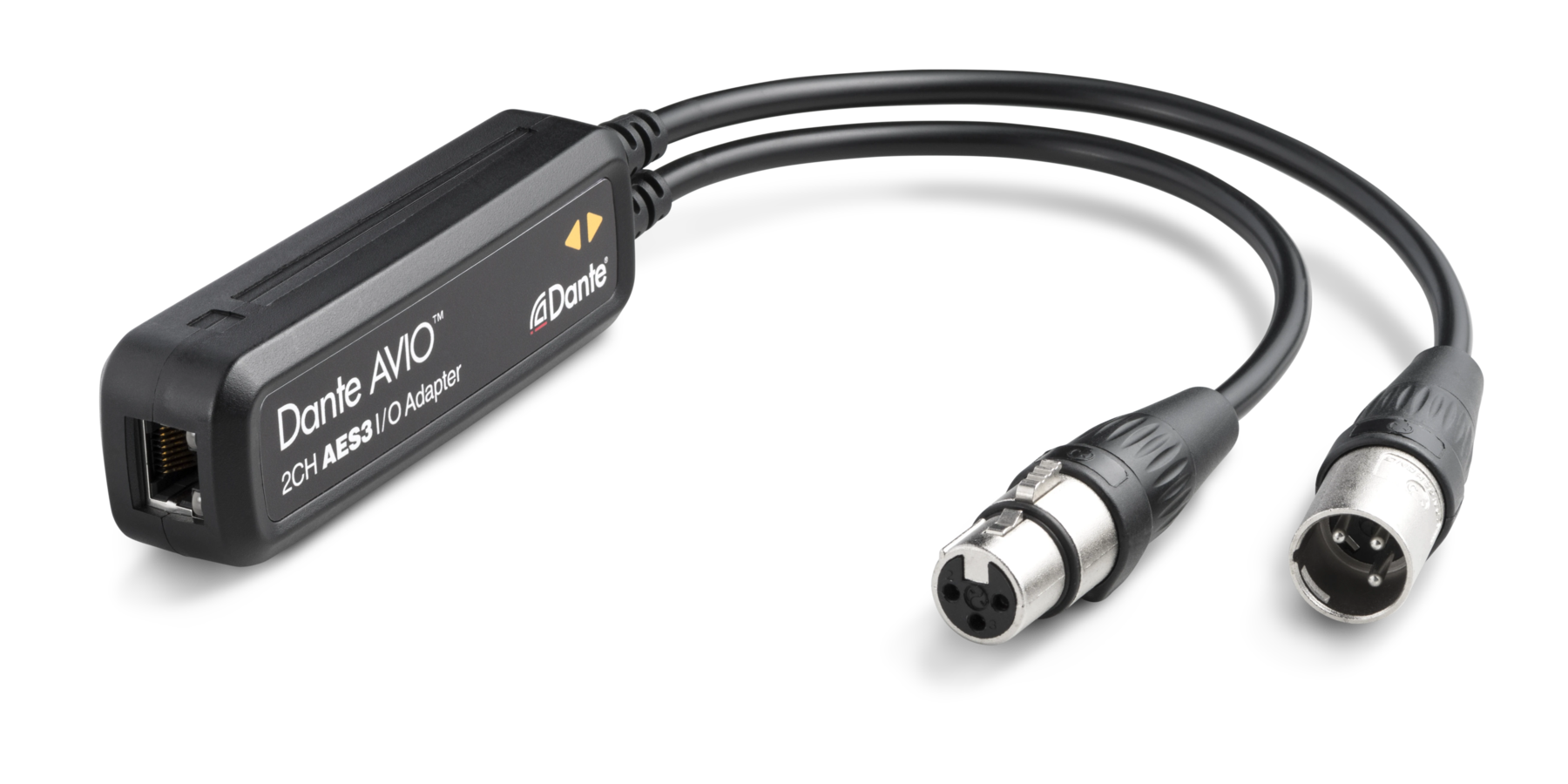Optical would only be better if:After playing around for a while, here's my findings:
1) WASAPI is a must, without it is just not listenable
2) Playing CDs through my PC Blu ray ROM is superior to loseless in WAV or FLAC format
3) Optical out is better than USB
The optical cable i used is 2USD (yes two, delivered) vs my Wireworld starlight USB cable (can't remember how much i paid, 100USD?).
Next I feel like trying the glass toslink cable to see if there's any difference.
1) The clock in your source device is better than the one in your DAC (this will almost undoubtedly NOT be the case for a regular PC)
2) You need to eliminate a ground loop or other electrical issue/your USB is problematic.
Optical SPDIF is an isochronous connection and inherently has higher jitter than basically any other method of connection. The only advantage is galvanic isolation












